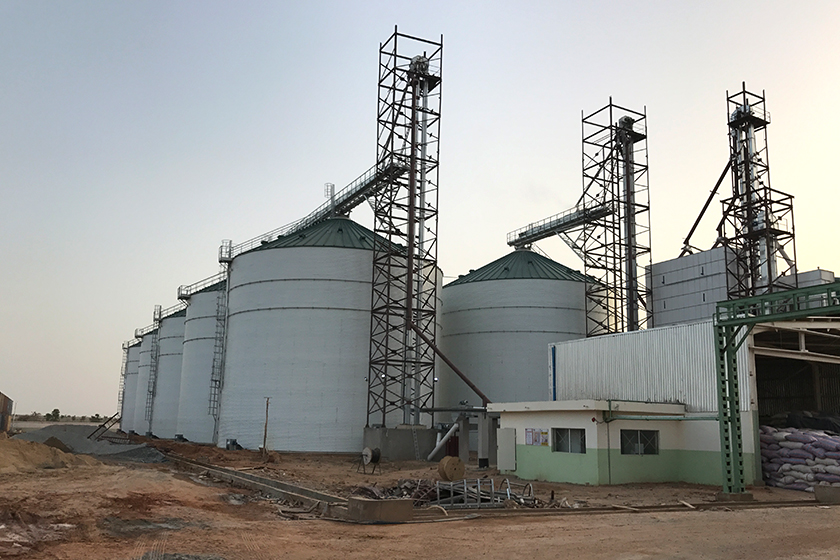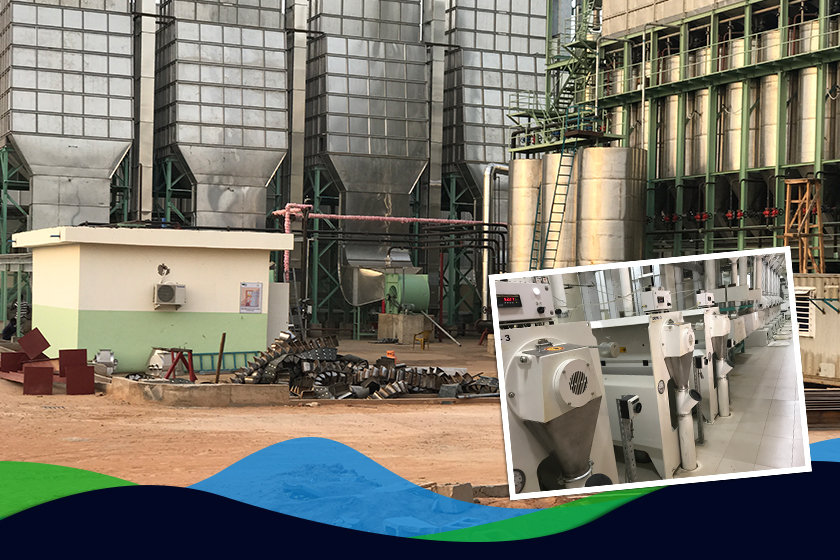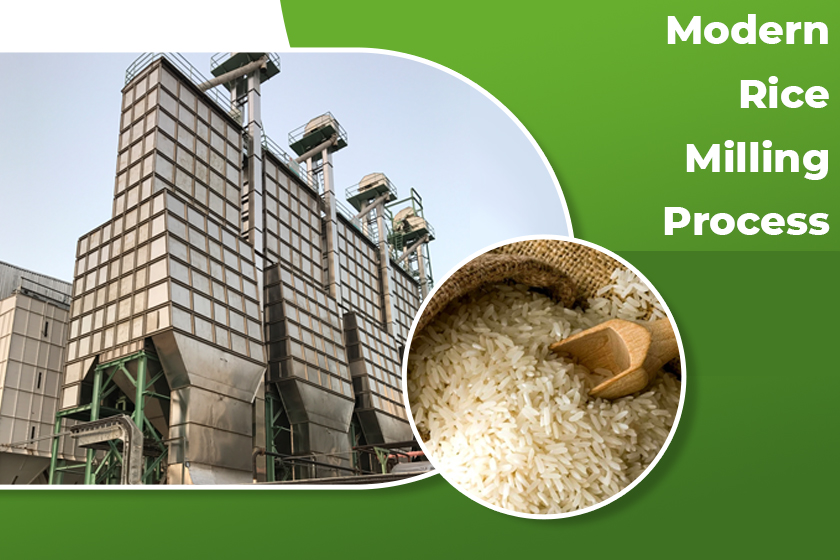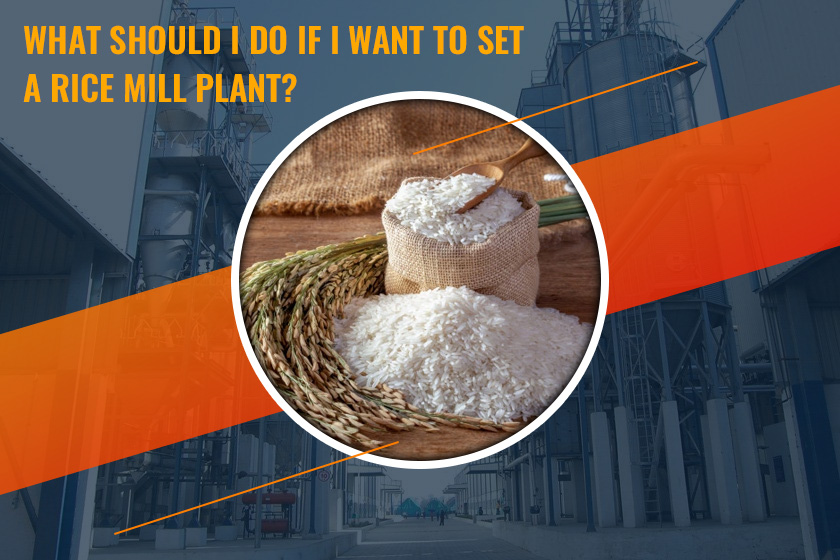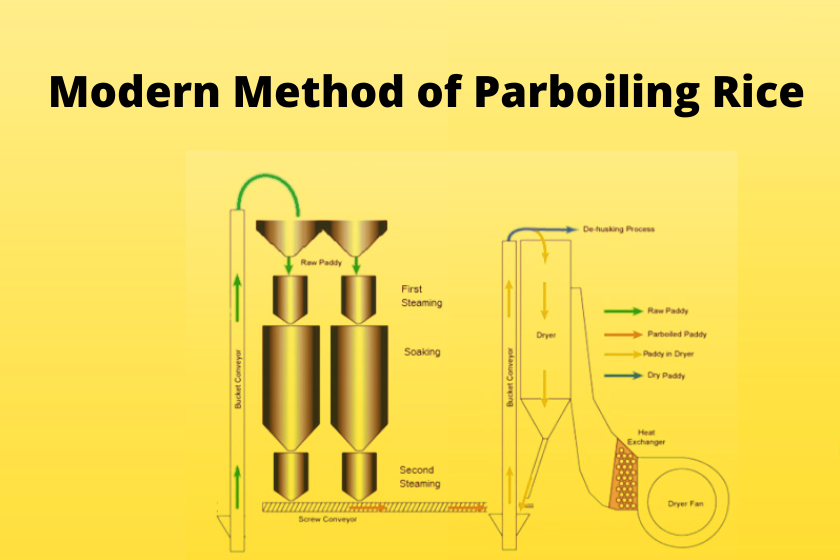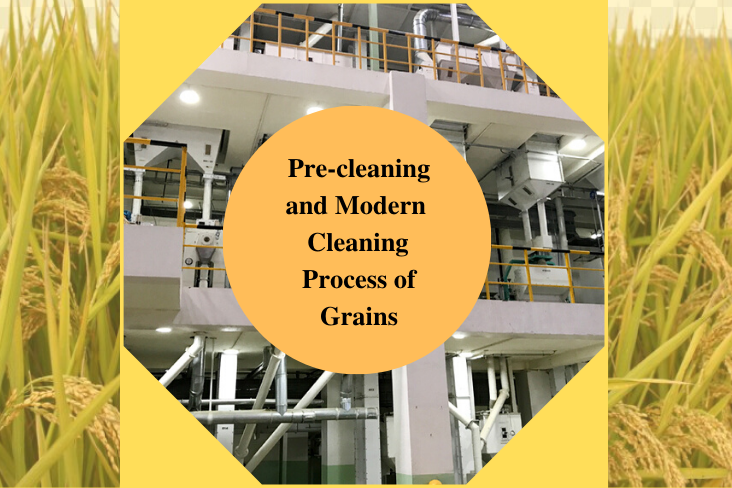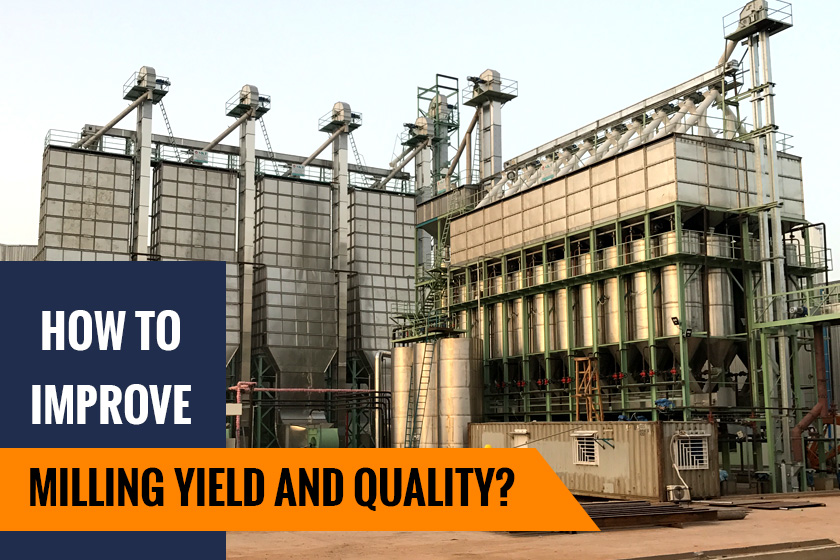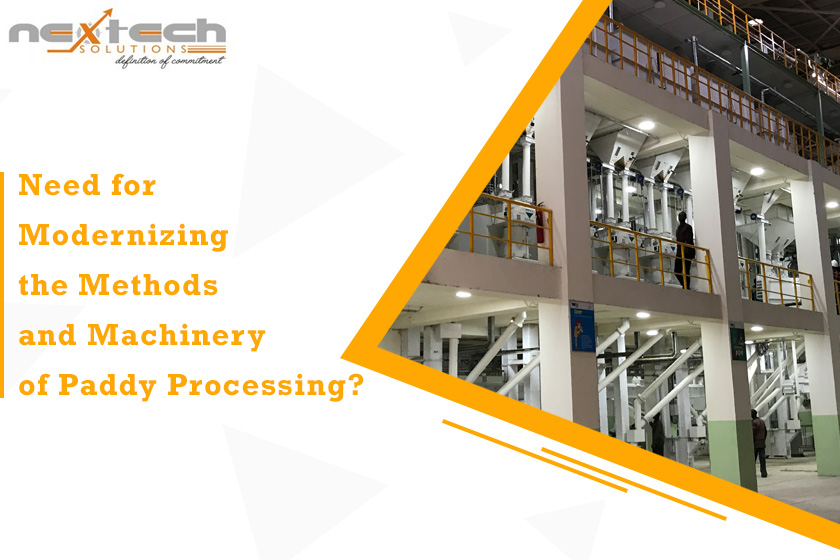Storage Silo Consultant & Solutions for grains present diverse choices with innumerable advantages and disadvantages. Taking a decision becomes immeasurably difficult in such situations as climate, resources, timeframe and specific commercial objective need to be factored in. Once all these factors are considered only then can a calculated choice be made about whether to invest in a silo or a bunker, storage shed or storage bag. This entails layered complexity for which appointing a Storage Silo Project Consultant or Storage Silo Consultant is worthwhile.
Nextagrisolutions are leading Rice Mill Engineers & Designers who offer extensive advantages of 360 o experience & expertise for setting up optimized Rice Mill Layout Design in India. Rice Mill Engineering necessitates integrated designing, manufacturing, procuring, erecting, and commissioning for seamless, optimized process flow. Nextagrisolutions have extensive experience in related fields like materials handling, grain processing systems and Rice Milling Plant Layout Design including building silos that can ensure optimized profits.
Silos Advantages
1. Requires Lesser Ground Space
Being vertical and very tall structures as compared to other grain storage options, silos hold the footprint on land is considerably smaller. It obviates the necessary spending on land and hence is a better option. Even if the land is already available – it can be used for other purposes.
2. Greater Control
Centralized storage of grains at one location imparts greater control over conditions more effectively. It facilitates grain storage at a certain temperature free from insects and other pests thus maintaining the grain in an optimal condition over a longer time. Aeration in a tightly sealed silo is also a simple, straightforward step to ensure minimum pests.
3. Convenient Loading & Depositing
It’s also easier to collect and transport grain to and from a silo. Not only is it there a severe cut in costs but its also more efficient as compared to other alternatives. A relatively inexpensive grain vacuum/ auger, for example, enables grain to be filled/taken out rapidly reducing costs.
4. Reliable Longevity
Apart from being cost-effective, a well maintained, air-tight grain silo lasts several decades bringing down the effective costs of ownership. It also offers the ideal conditions for grain storage throughout this period. Many silos last more than 25 years before necessitating major repairs.
As the leading Rice Mill Consultant, Nextech Grain Milling Solutions has extensive turnkey project delivery expertise & experience in Rice Milling Plant Layout Design,. Process flow, process control know-how, as well as designing & detailed engineering, are the major aspects to optimize the production and processes and Nexttech is admirably equipped to achieve that. The entire matrix of men material, machinery, processes are optimized within the project’s financial & time constraints for maximizing returns on investments.
For this, Nextech Solutions undertakes totally automated processes a micro-managed with Systematic Layout Planning that begins with the refining of the paddy and ranges through sorting and ends with packaging and even has to act as Storage Silo Consultant. Impeccable process designing taking into consideration the numerous factors including silo storage to ensure optimal plant uptime in order to enhance returns.
 MAIL US :
MAIL US :
 CALL US :
>
CALL US :
>
